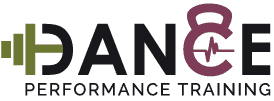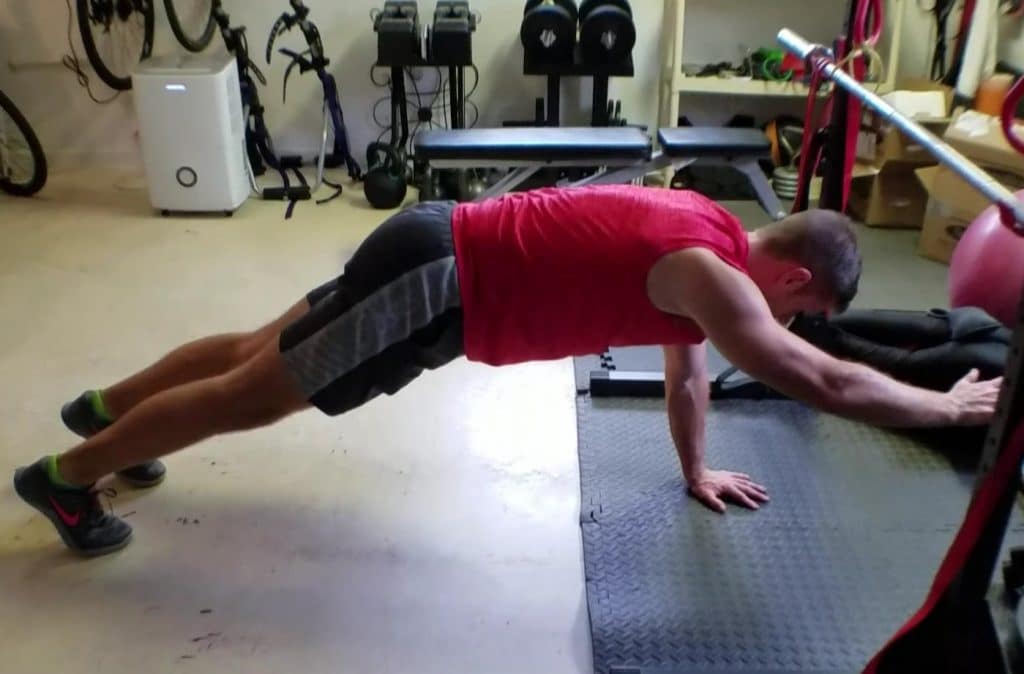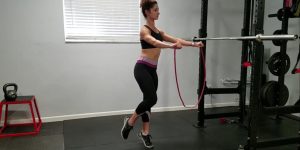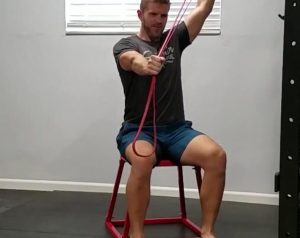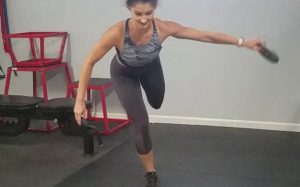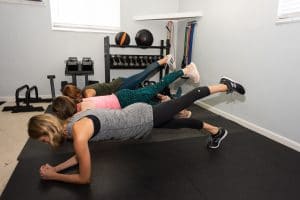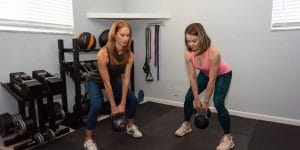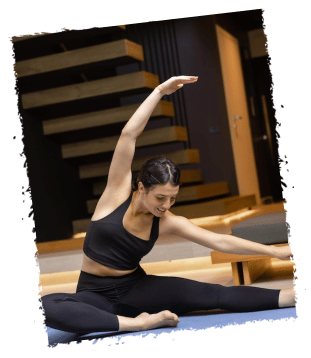Fix It Friday will feature common injuries in dancers with a few tips to improve or prevent them!
Additions to phase 1 to help stabilize that shoulder, improve posture, & decrease pain! Check back in 2 wks for the final phase.
Shoulder Instability Phase 2: Start at phase 1, getting comfortable with the few exercises, if you’re seeing improvements & the movements are getting easy, time to add phase 2 here to help stabilize that shoulder, improve posture, & decrease pain! Check back in 2 wks for the final phase.
Plank Plus: Serratus Anterior is often overlooked, but not here. Get in a plank position, starting on some higher surface, focus on elbows staying locked & core tight as begin push yourself away from the bar. Only the shoulder blades are moving here, spreading apart. Then slowly lower your body as your shoulder bladers come together. Repeat 10-20 reps 3 sets, once doing 20 reps, lower the surface to increase difficulty.
Plank with Arm Lift: Start in high plank as you get your shoulders comfortable with 1 arm stability. Try to lift the arm up, maybe only slightly at first, as you prevent your torso or hips from swaying/rotating. Increase the 1 arm hold up to 30 secs as you can. Lower time for more reps (15-30) & longer hold maybe only 5 reps each side. 2-3 sets. Lower planks as it gets too easy.
Y’s for lower trapezius: Can start flat or on and incline. This is a hard move to master as most people with shrug their shoulders, or bring their shoulders up towards their ear. Really work to limit that as the movement should start with your shoulder blades getting squeezed back/down & shouldn’t lose that position as raise the arm up. Don’t worry about how high arm gets until master the move. 5-25 reps 3 sets, can hold water bottles, light dumbbells, soup cans, etc. to add resistance if becomes easy.
Every exercise should feel hard, but not impossible. Start with higher reps, working more resistance, to the lower of the rep range. Can do as a circuit or separate out each exercise. Can mix with or do on separate days of phase 1. Start with 4-5 days/week down to 2-3 days/week if shoulder feeling better. If pain or popping in the shoulder, could be more going on & should stop the exercise, seeking further guidance.
This is not medical advice. This is general exercises for mild shoulder instability issues. Please seek professional advice for injuries or pain persisting over time. If general exercise gives you pain, you likely need more specific & direct attention. Fix It Friday is limited to 3-4 exercises a week, when there may be dozens of better options for your specific condition if it is worse. Take care of your body.
To keep up with our vides, follow along here or on any of our social media platforms.
Scott DPT
#BeyondCrunchesandPilés
